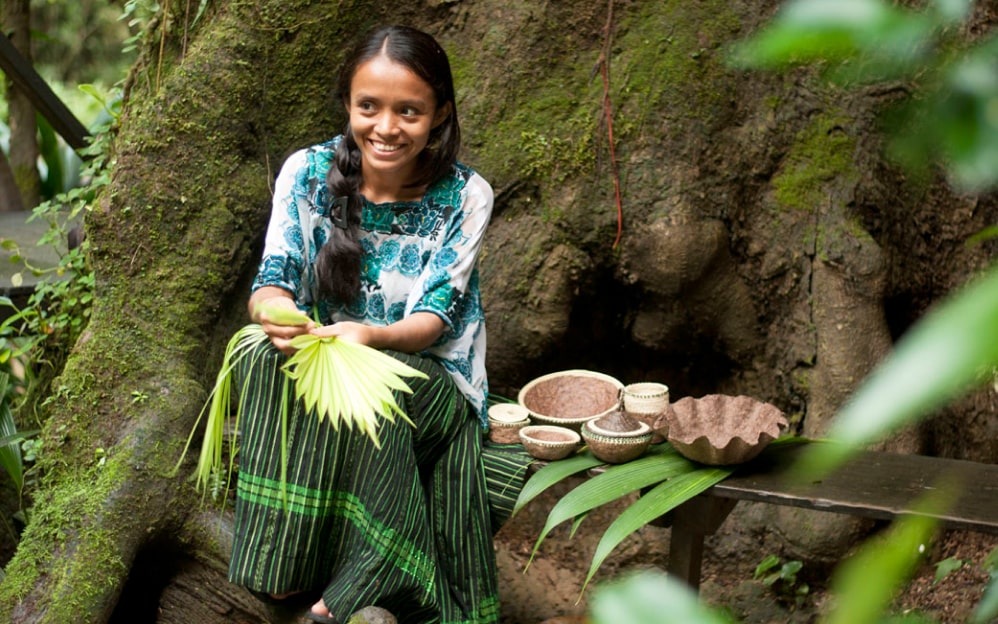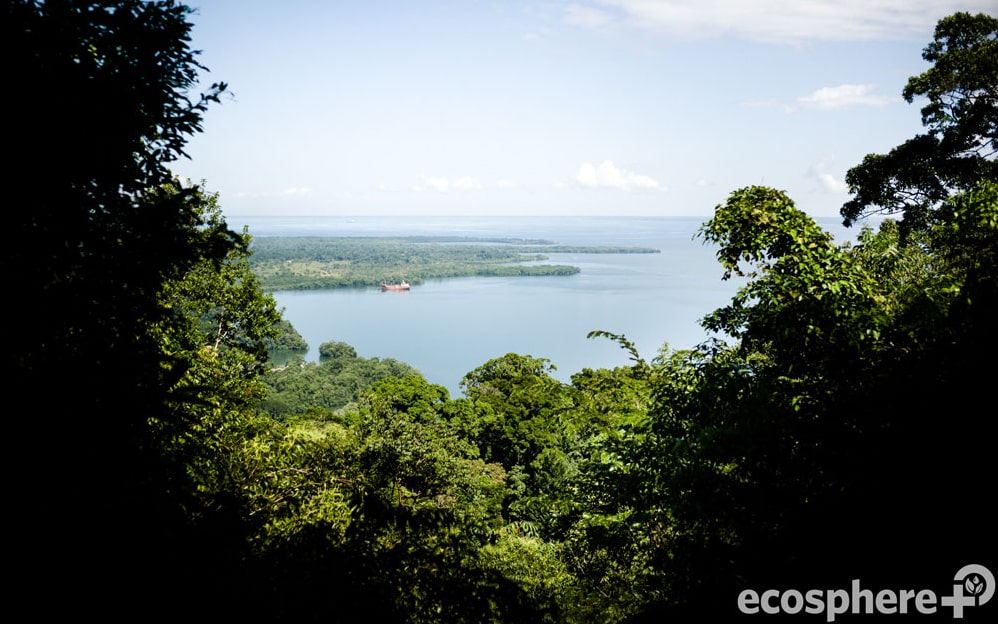Carbon Credits from Forestry and Land Use Projects
Explore carbon credits from forestry and land use projects that capture and store CO₂, supporting climate goals through sustainable land management.
What are Forestry & Land Use projects?
By implementing sustainable forestry practices, these projects aim to balance economic, social, and environmental objectives. They contribute to carbon avoidance, sequestration and storage by promoting forest growth, minimizing deforestation, and enhancing the overall health and resilience of forest ecosystems and protecting local biodiversity. Forestry and Land Use projects often involve collaboration with local communities, stakeholders, and governmental bodies to ensure permanence.

Forestry & Land Use project types
REDD+: Reducing Emissions from Deforestation and Forest Degradation
REDD+ projects work by implementing strategies to combat climate change through forest preservation and restoration. These projects aim to reduce greenhouse gas emissions by preventing deforestation and degradation while promoting sustainable forest management practices. Projects are the results of either planned or unplanned deforestation threats. REDD+ projects often involve providing financial incentives to local communities and landowners for maintaining their forests intact, thereby protecting biodiversity, indigenous rights, and ecosystem services.
ARR: Afforestation, Reforestation, and Revegetation
ARR projects focus on establishing new forests or restoring degraded land by planting trees and implementing soil conservation practices. Afforestation involves planting trees on land that has not been previously forested, while reforestation involves replanting trees in areas that have been deforested. Revegetation focuses on restoring vegetation cover in areas where it has been lost. By increasing forest cover, ARR projects enhance carbon sequestration, improve soil health, and promote ecosystem resilience. These projects often involve community engagement, land-use planning, and monitoring to ensure the successful establishment and permanence of the forested areas.
IFM: Improved Forest Management
Improved Forest Management (IFM) projects aim to improve the management and conservation of existing forests to maximize their CO2 storage capacity. This involves adopting sustainable logging practices that minimize CO2 emissions and forest disturbance. IFM projects may also focus on reducing forest degradation through measures such as fire prevention and controlling invasive species.
Additionally, they include reforestation efforts to restore areas that have been previously logged or degraded. By implementing improved forest management techniques, IFM projects enhance CO2 storage, protect biodiversity, and provide economic benefits through sustainable timber production and ecosystem services. Some of the projects also have FSC® certification. They often involve collaboration with forest stakeholders and the adoption of practices that balance economic, social, and environmental objectives.
Project Example
Forest conservation in Guatemala
Subcategory: REDD+
The project is the world’s largest grouped forest-based carbon project and aims to develop sustainable activities that restore the forest and ensure a better livelihood for people and their families.
The project is supporting individuals and communities to register and obtain land titles. Activities aiming to develop sustainable livelihoods include working with local farmers on technical assistance, agriculture inputs, and access to market for a variety of sustainably produced commodities. A core focus of the project is a community program to empower women and girls through access to health care and education.
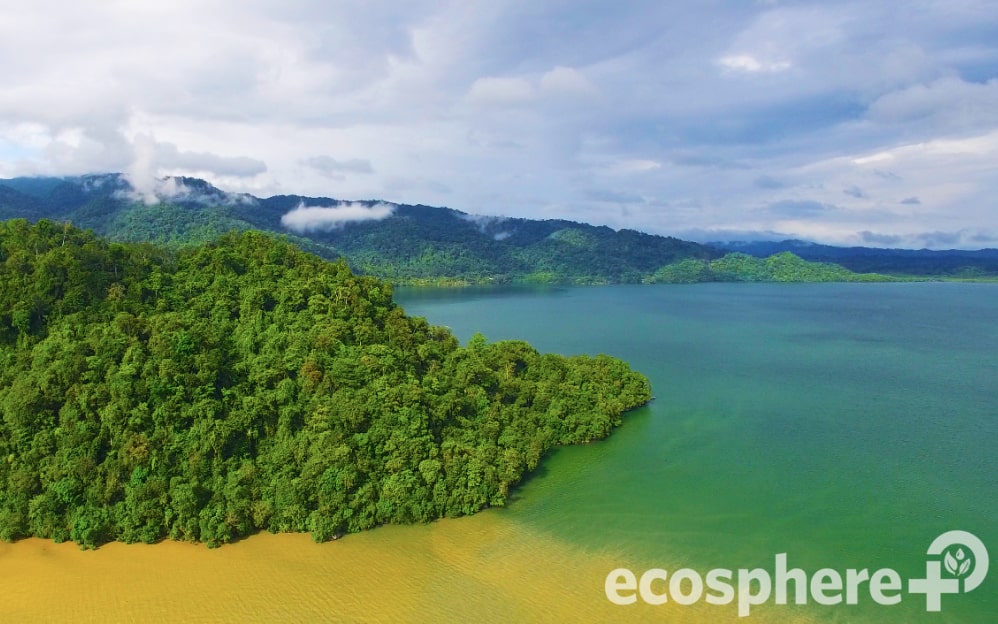
487 jobs
created and 24% of them held by women
60,000 ha
of threatened forest protected
30 high
conservation species being protected

30 million tCO₂e
avoided
Community Testimony
My name is Mayra and I am from the Izabal region of Guatemala, home to the Conservation Coast REDD+ project, which has had a huge impact on my life. When I was only 14, I was forced into a marriage I didn’t want. Thanks to climate finance, project partners were able to take my case to court. I was supported to return to school and earn a scholarship to study forestry engineering. I’m now working to enable other young girls in my community through climate financed programmes focused not only on education, but access to health and reproductive services. REDD+ doesn’t just protect forests, it empowers women like me.

Mayra Pop
Community member
We’re not a forest in the middle of nowhere. It’s a very fragmented forest with lots of people. We have to get them involved and create direct benefits to communities from conservation itself. We went from trying to save a patch of forest to trying to save a bigger patch of forest to a large protected area to a network of protected areas across Caribbean Guatemala. Eventually we realized that our model of working through grants and donations was not going to be sustainable or powerful enough to achieve conservation at a large regional scale. With the funds from the sale of carbon credits, we can finance our whole operation on the Conservation Coast.

Marco Cerezo
CEO of FUNDAECO, the nonprofit that implements the Conservation Coast
Site Visit
Agroforestry in Punjab
Punjab, being primarily focused on agriculture, relies on a traditional rice-wheat cropping system that has played a pivotal role in ensuring India's food security. However, certain regions are facing challenges such as nutrient depletion, declining groundwater tables, and an increase in pests and diseases due to overexploitation. These issues underscore the need for a shift away from the current cropping system.
%201.png?width=719&height=479&name=IMG_0030%20(1)%201.png)
Where can you find Climate Contribution projects?
Our other projects
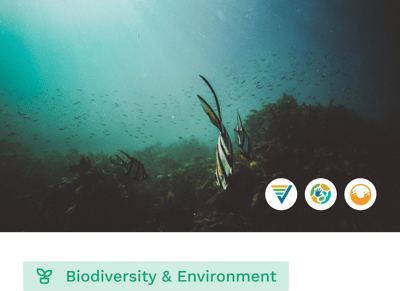
Blue Carbon
Avoidance
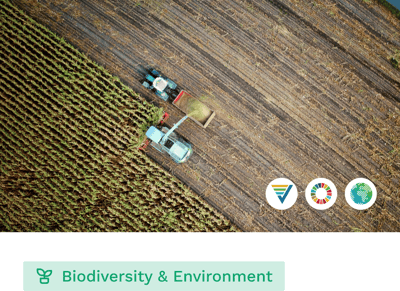
Agriculture
Avoidance
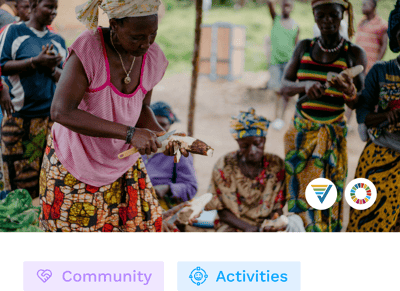
Household and Community Devices
Avoidance
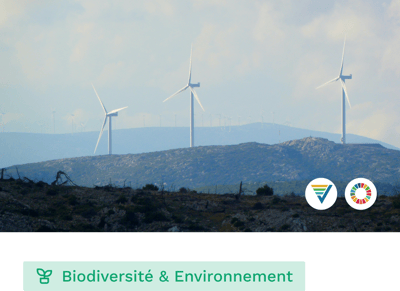
Renewable Energy
Avoidance
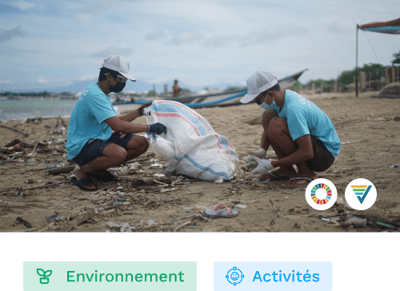
Waste Management
Avoidance & Removal
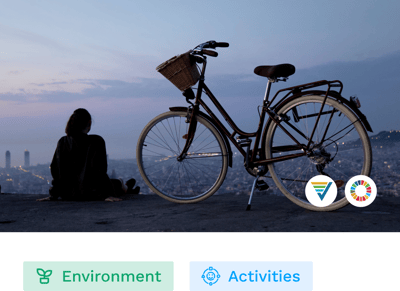
Transportation
Removal
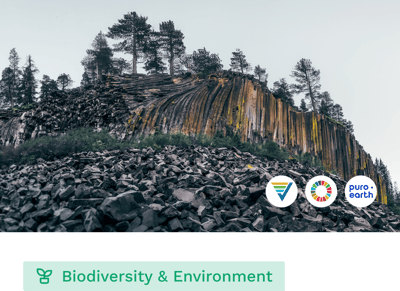
Tech-based and Hybrid
Removal


